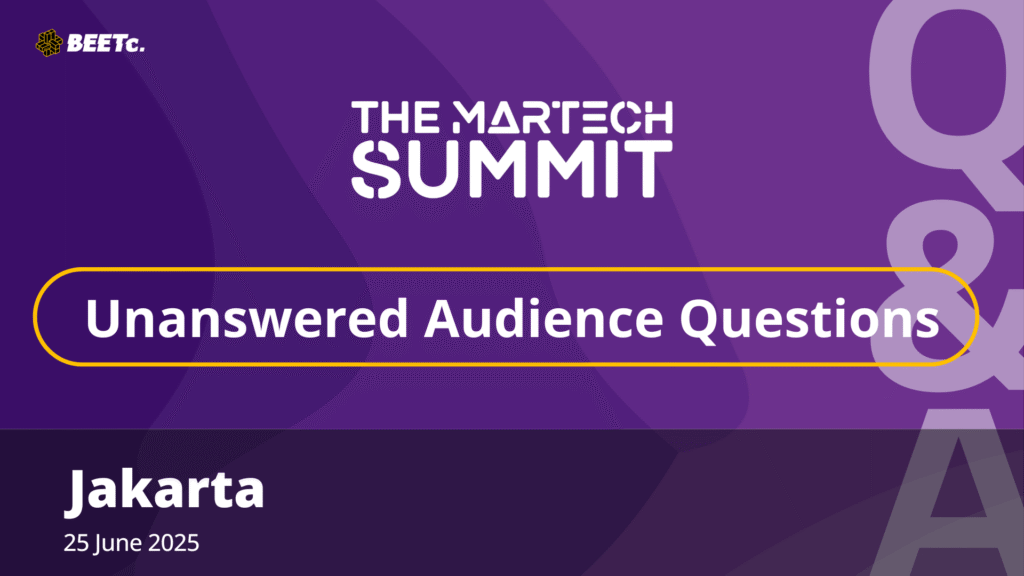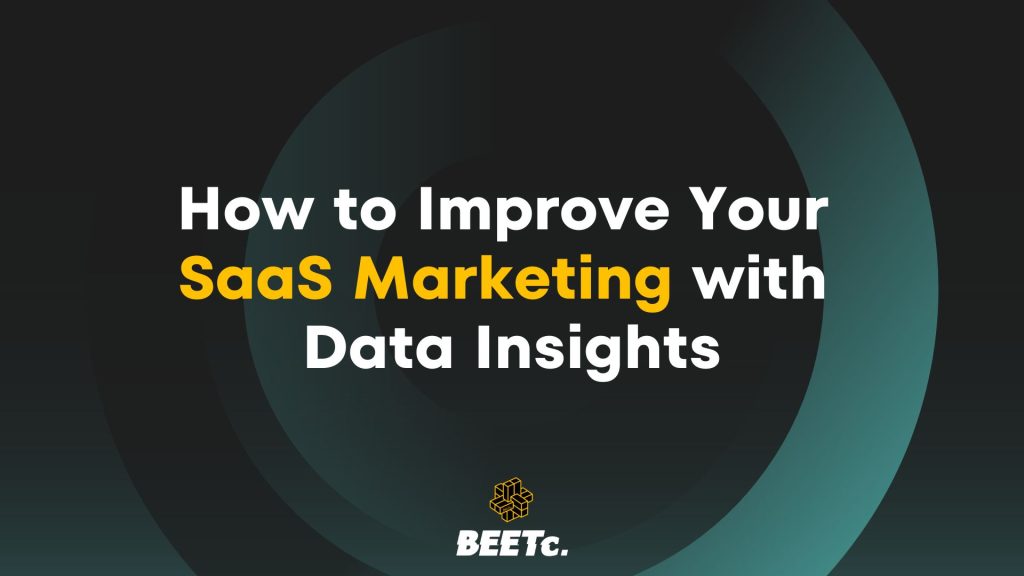
SaaS firms have to strive for growth and differentiation (the X factor) because of the dynamic nature of the industry. And if there’s one weapon that has the power to differentiate them from the competition, it’s data.
Don’t you agree?
Imagine getting a peek into what your customers need before they ask, pinpointing where to allocate resources for maximum impact, and knowing how to optimise your marketing strategy even before a trend has emerged. This isn’t just a SaaS marketer’s dream but a tangible reality made possible by strategically utilising data.
Data empowers marketers to make customer and revenue-centric decisions that tend to achieve a better ROI.
Let us uncover data’s transformative power in SaaS marketing.
#1 Use Customer Behaviour Analytics to Personalise Marketing Campaigns
Personalisation is no longer a luxury but a necessity in the rapidly evolving SaaS landscape. For a SaaS marketer, customer behaviour data can be super helpful in crafting marketing campaigns that speak directly to the needs and interests of target users. This fosters a stronger connection with customers, enhances user experience, and ultimately drives higher conversion and retention rates.
To get started, consider the following:
Identify Key Metrics
Start by identifying the metrics that resonate with your target audience, such as user engagement, feature usage, churn rate, etc.
Fetch the Following Customer Behaviour data
Usage patterns showcase how often and in what way existing users use your products in terms of their features, frequency of usage, and experiencing bottlenecks. Consider using product analytics tools that track user actions within your product by firing custom events or clicks on the front end.
Track Engagement Metrics
Get hold of the metrics that show how users engage with your product content, like how-to blog pieces, feature update emails (including open rates, click rates, etc.), webinars, and others.
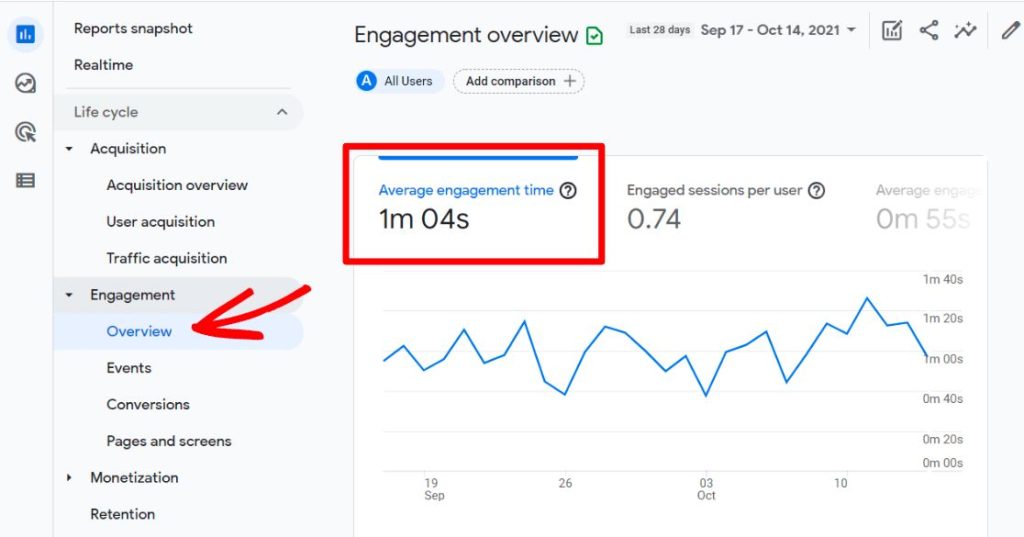
Use relevant tools like Google Analytics for web content, email analytics to measure click-through rates (CTR), and even heatmap tools to understand how visitors interact with each element of your website.
Analyse User Journeys
Next comes analysing the routes users take through the website or software, including landing pages, exit pages, and the flow between different sections within the product.
Identify Exits
Lastly, check data for drop-off points to locate a position in the funnel where potential customers leave without converting, such as abandoning a sign-up or checkout process.
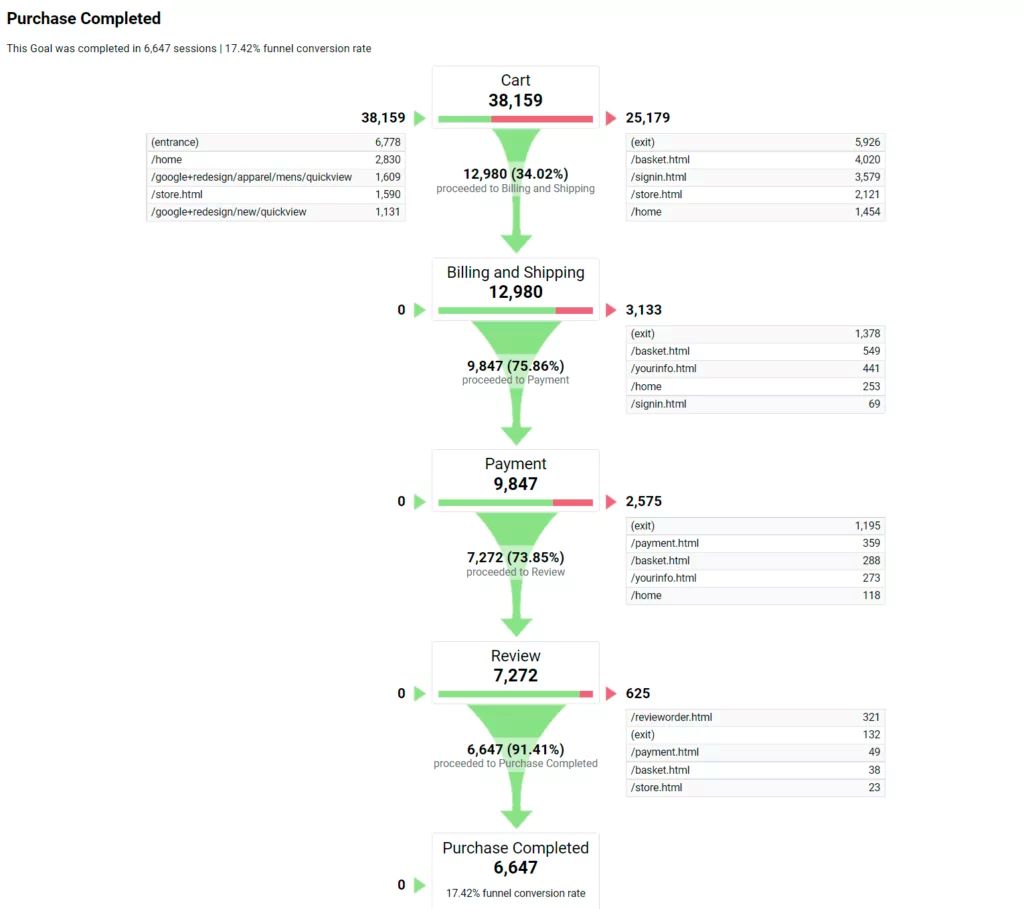
Or, when using a product trial, see where customers cease using your software and analyse patterns. This can serve as feedback for product managers to implement positive changes.
#2 Implement Revenue Marketing Tactics
Revenue marketing is the deliberate alignment of the company’s sales and marketing teams, with every effort focused on boosting revenue, unlike traditional marketing strategies that primarily boost brand awareness or generate leads, revenue marketing zooms in on how marketing activities impact revenue generation.
Revenue marketing shifts the conventional marketing paradigm, where it is viewed as an expense centre, by turning it into a revenue generation powerhouse through data-driven marketing. Focusing on measurable revenue results, SaaS marketing actively contributes to the company’s bottom line, ensuring that every marketing decision, campaign, and tactic can be justified and measured in terms of revenue impact. It provides a clear and predictable return on marketing investment (ROMI).
Let’s explore some of the ways to get started with it.
Use It for Lead Nurturing
Pivot to revenue marketing by not just generating leads but nurturing them effectively through personalised content, targeted messaging, and continuous engagement, driving them towards a purchase.
Aligning Sales Activities
Start aligning the goals and activities of the sales and marketing teams for a more efficient and cohesive lead conversion. Ensure teams collaborate where leads at each stage of the content funnel are provided with customised content and a tailored sales approach that matches the ideal customer profile (ICP).
Below are some breakdowns of data points you can use here.
- Map out the typical customer journey and identify critical touchpoints where sales and marketing efforts need alignment. Here, use the customer interaction data, touchpoint analysis, conversion paths, purchase history, etc.
- Build detailed ICPs your sales and marketing teams can target, ensuring focus on the most profitable and likely-to-convert leads. Get SaaS customer profiling tools to dig into demographic information, firmographic data, behavioural analytics, etc.
- Begin customising content and sales approach by analysing what content resonates with leads at different stages. You can use engagement metrics, content performance, feedback, and personalisation data here.
- Leverage predictive analytics to forecast potential sales and lead behaviour, helping teams prioritise and strategies.
- Tools like Revlitix allow marketers to effortlessly automate all aspects of marketing analytics and make data-driven decisions each day. Get a comprehensive view of all the marketing strategy action items, including website performance, ad channels and media spend, lead flow metrics, segmentation reporting, and more.
- And once you have the required data by using such tools, think of using the data to create revenue-focused campaigns. This includes running targeted promotions, account-based marketing, or upselling campaigns to existing customers.
#3 Data-Driven Content Marketing
For SaaS marketers, content should take centre stage when investing their efforts for results. In the SaaS landscape, content marketing often includes creating blogs, ebooks, webinars, and other resources.
Once you create the content, think of sharing valuable, relevant content that resonates with a clearly defined audience about the product, industry trends, or solving specific pain points.
Using data for SaaS content marketing is crucial to ensure that the information is targeted to users effectively, driving them to inquire about the product or buy it.
A data-driven content marketing can:
- Build brand authority and trust since quality content can help the SaaS company establish itself as an industry thought leader.
- Help generate leads by providing educational and engaging content that attracts potential customers and nurtures them through the sales funnel.
- Boost customer engagement since tailored content keeps them engaged, encouraging them to interact with the brand more.
- Support other marketing tactics like social media, SEO, and email marketing, providing a cohesive and unified marketing approach.
Now, let us explore how to use data for SaaS content marketing.
Use Audience Segmentation Data
You can understand different audience segments to create content that appeals to various groups within your target market.
Behavioural Analytics
This helps analyse user behaviour, providing insights into what type of content resonates best with the audience.
Seasonal Trends
Recognizing seasonality helps timing content for when it will be most relevant and engaging. For instance, if you are into SaaS for eCommerce businesses, chances are, you will get new customers around Black Friday dates.
As mentioned earlier, there are different types of content that you’ll prepare, and each will require different sorts of data. Let’s narrow down some key activities you can perform to tailor data-backed content, making it more relevant for your audience.
Blogs, Webinars, and Ebooks
The content should identify and understand customer challenges to provide solutions.
Use keyword research tools to discover top industry keywords. Also, think of creating content around FAQs by using tools like Answer The Public that provide search queries around your major keywords.
Competition Analysis
Run competitor content analysis to identify what content competitors offer to help identify gaps and opportunities for differentiation.
Use tools like Ahrefs to study competitors’ websites and the content they push. It will also display its top-performing pieces and their ranks on Google search engines. Think of addressing the same topics uniquely or filling the gap by providing new information to create your niche audience.
Analyse Content Performance
You’d want to know your content’s performance once you put it out. Such analysis helps identify what is working and what isn’t, allowing for data-driven decisions that enhance content strategies over time.
Go for engagement metrics to monitor likes, shares, comments, and other engagement factors using analytics for social media marketing. Also, you can use SEO tools like Ahrefs or SEMrush to gain insights into what content resonates with the audience by looking at metrics like time spent on a page, bounce rates, etc.
Also, check for conversion rates that analyse how your content leads to desired actions, such as sign-ups or sales, providing insights into what drives business results.
Create Personalised Content
Personalising content using data sources enhances the user experience significantly. It makes the content appear highly personalised to individual users, leading to higher engagement, satisfaction, and loyalty.
For starters, create customer personas that include detailed profiles of different customer types that help tailor content to individual preferences and needs.
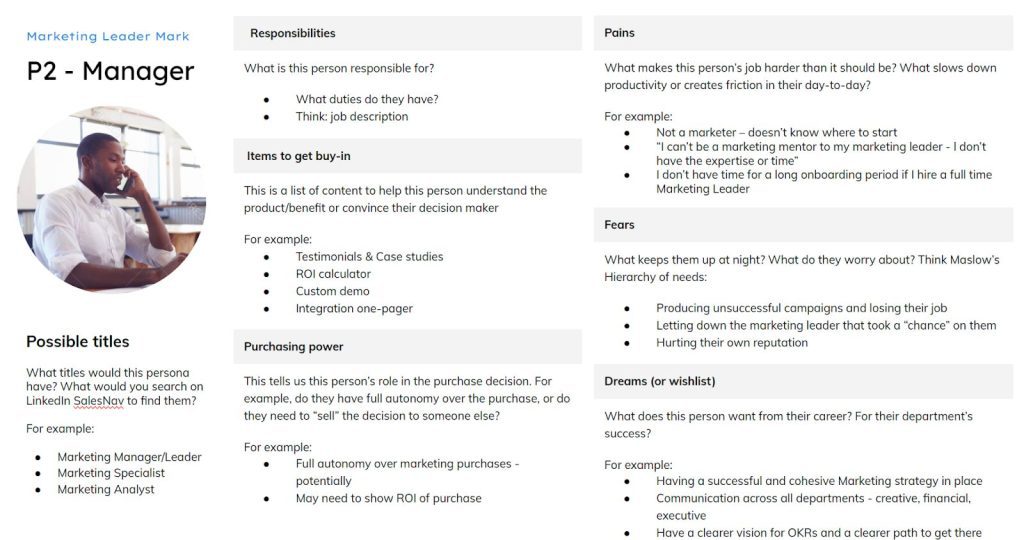
Also, you can use customer engagement tools to know how a customer has previously interacted with content and can inform what they might be interested in next. This can help create personalised user journeys by mapping out individual user paths through content, creating a cohesive and personalised content experience.
That’s it – Your turn now!
SaaS marketing is no longer an option if you want to scale your business effectively amidst growing competition. It’s about time you start embracing data-driven insights to align your marketing efforts with customer needs, optimise their advertising strategies, and create more personalised user experiences.
The aforementioned factors may still just be the tip of the iceberg because data-backed marketing will go beyond the methods outlined in this blog. You will be using analytics tools to A/B test your marketing activities and leveraging customer segmentation while navigating through the vast sea of data.
However, continuous learning, experimentation, and adaptation are key. With the right tools, mindset, and commitment to data-driven excellence, your SaaS firm can boost marketing effectiveness and foster customer loyalty to drive home success.
Author Bio

Madhu Puranik is the Founder and CEO of Revlitix, a revenue analytics platform that leverages AI to automate analytics for revenue teams. He loves sharing his thoughts about startups, B2B marketing, revenue marketing, marketing analytics, and matters relating to SaaS tools.




